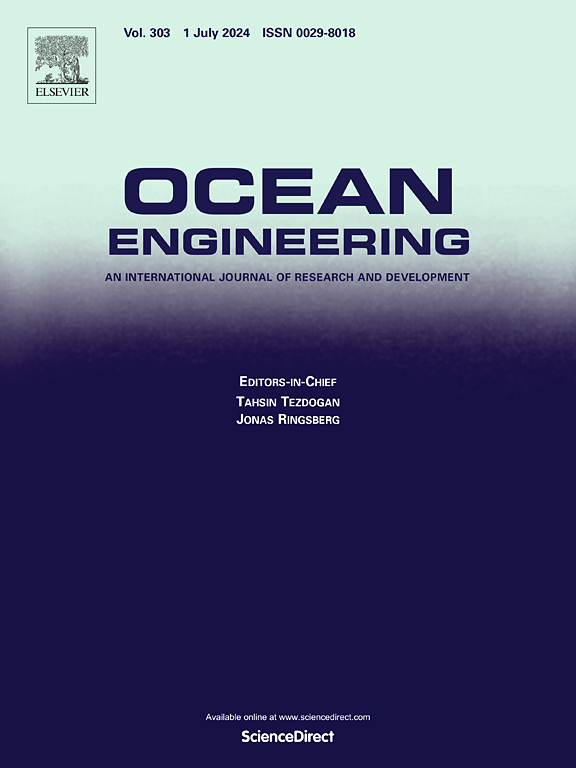On the scaling law of the hydrodynamic energy of storm surges over an idealized topography
IF 4.6
2区 工程技术
Q1 ENGINEERING, CIVIL
引用次数: 0
Abstract
Storm surges contain a variety of energies accompanied with complex generation, dissipation and internal conversion. In this study, the temporal and spatial features of energies of current are investigated using numerical simulation of storm surges over an idealized topography relying on the surge-wave coupled model. The evolution of energies is distinct when the tropical cyclone is over the deep-water, continental slope, continental shelf, near coast and post-landing regions. Energy accumulates in the deep-water region, dissipates on the continental slope and reaccumulates again on the continental shelf where the kinetic energy of current is the main form of energy. The kinetic energy is further transported to the inundation region by the intrusion water body, which is responsible for the increase of energy in the inundation region. A scaling law is proposed to estimate the maximum kinetic energy of current. On the other hand, the spatial modes indicate that the main energy input/dissipation region shifts to the near coast region from the continental slope with the increase of translation speed of tropical cyclones. That is because of the competition between the decrease of energy input duration and the increase of wind speed with the increase of translation speed. Further, the scaling laws of nondimensionalized maximum energy of current in the inundation region, inundation area and volume of the intrusion water are obtained and validated numerically.
求助全文
约1分钟内获得全文
求助全文
来源期刊

Ocean Engineering
工程技术-工程:大洋
CiteScore
7.30
自引率
34.00%
发文量
2379
审稿时长
8.1 months
期刊介绍:
Ocean Engineering provides a medium for the publication of original research and development work in the field of ocean engineering. Ocean Engineering seeks papers in the following topics.
 求助内容:
求助内容: 应助结果提醒方式:
应助结果提醒方式:


